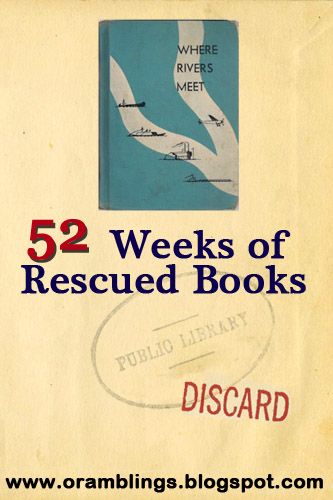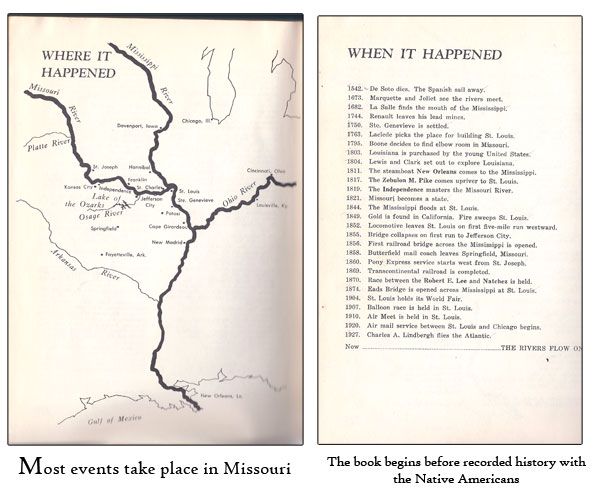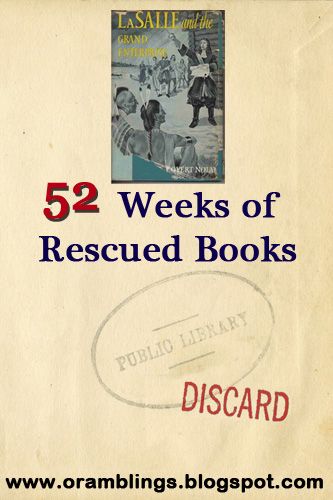 So did you guess the French Explorer also with ties to the Mississippi River from last week’s post (if not just look at the title of this post). Of course, LaSalle wasn’t his name – that was Robert Cavalier. Funny how he’s remembered for part of his title “sieur de La Salle” which basically means “lord of the La Salle [estate].” The name was the only part of his inheritance he was able to keep when he renounced his worldly goods to enter the priesthood.
So did you guess the French Explorer also with ties to the Mississippi River from last week’s post (if not just look at the title of this post). Of course, LaSalle wasn’t his name – that was Robert Cavalier. Funny how he’s remembered for part of his title “sieur de La Salle” which basically means “lord of the La Salle [estate].” The name was the only part of his inheritance he was able to keep when he renounced his worldly goods to enter the priesthood. LaSalle and the Grand Enterprise
Nolan, Jeannette Covert. New York: Julian Messner, 1951. Print 178 pp.He left the Jesuit school before taking his vows to join his brother in Canada, free to explore and build settlements by his own free will and resources rather than constantly under orders from the church. Of course, he’d renounced most of the resources that would have been available to him and had to live on a small allowance from his family. That was unfortunately the theme of LaSalle’s life: great vision but reliance on others to pursue it.
He ran into problems with the constantly changing authorities in New France. The ship he had built with borrowed funds sank on its way back home laden with furs for repayment. There is even rumor that the Jesuit priesthood tried to sabotage his expeditions by rallying native tribes against him. In the end, LaSalle was murdered by a member of his own expedition.
LaSalle’s two main journeys took him down the Ohio River and then down the Illinois River to the Mississippi River. In between he would have to venture back to Quebec and Paris to secure authorization and funding. It was on his third voyage –seeking the mouth of the Mississippi in the Gulf of Mexico, that he overshot his target and landed on the coast of Texas. Trying to travel over land back to the mighty river, he was killed and denied the decency of a burial. Most of his loyal friends, family and crew were also killed.
This book paints a much darker picture of life in the New World than The Explorations of Pere Marquette. There are political power plays going on between the Church and the Government and the various sects of priests (Marquette had been a Jesuit, but LaSalle’s brother was a Sulpician). This may be a more accurate picture of the times than last week’s book, but it also demands an older audience. The end of the book with the betrayal and murder is intense if not explicitly gory.
According to Who Should We Then Read? Vol. 2 (a great resource for bibliophiles) the author, Jeannette Nolan (1897-1979) wrote an award-winning poem when she was only nine. She was editor of her school paper and yearbook and as an adult she wrote for several magazines. Her focus seems to be on biographies for teen readers with subjects as diverse as Stephen A. Douglas to Aaron Burr to James Whitcomb Riley.
I was thrilled to find this book. Years ago when we moved to the state, I discovered a treasure—A Guide to Studying Missouri History Through Literature. The homeschooling mother who self-published the guide mentioned LaSalle in her lesson on discovery but had found no resources for the explorer. While reading, I also discovered the inspiration for a lot of towns and sites in the St. Louis area where I grew up, like Plaza Frontenac and Creve Coeur. LaSalle and the Grand Enterprise certainly qualifies as a “living book” on the subject and I rescued my copy from a local elementary school library.
You can find links to all my other rescued books on the tab by the same name above.







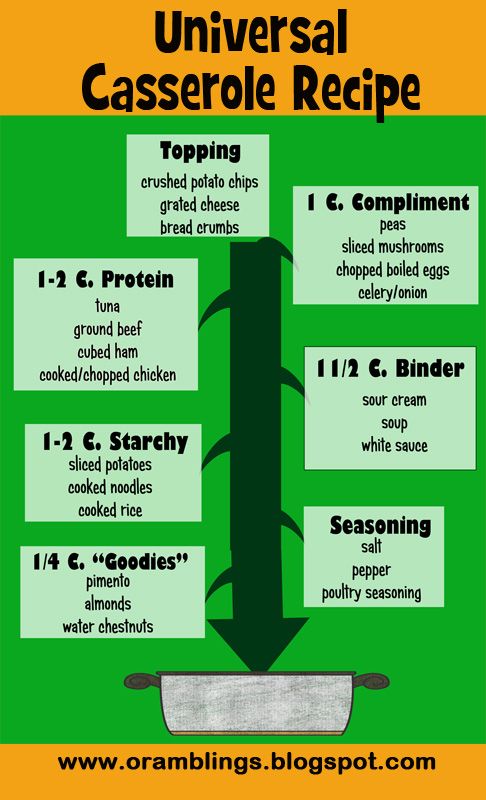
 Quick! What was the first settlement in what is now the United States of America? Did you say Plymouth? We’ll always remember the Pilgrims as long as we still call it Thanksgiving and not Black Friday’s Eve, but wrong. Did you think of Jamestown? You’re headed the right direction both historically and geographically. What about Roanoke? Well congratulations on catching the fact that I didn’t say permanent settlement, you are truly a student of history…but you’re still wrong. You see the Spanish settled St. Augustine in what is now Florida back in 1565.
Quick! What was the first settlement in what is now the United States of America? Did you say Plymouth? We’ll always remember the Pilgrims as long as we still call it Thanksgiving and not Black Friday’s Eve, but wrong. Did you think of Jamestown? You’re headed the right direction both historically and geographically. What about Roanoke? Well congratulations on catching the fact that I didn’t say permanent settlement, you are truly a student of history…but you’re still wrong. You see the Spanish settled St. Augustine in what is now Florida back in 1565.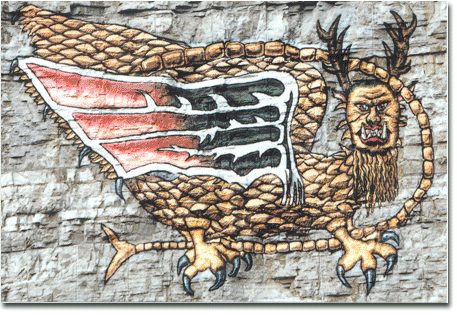
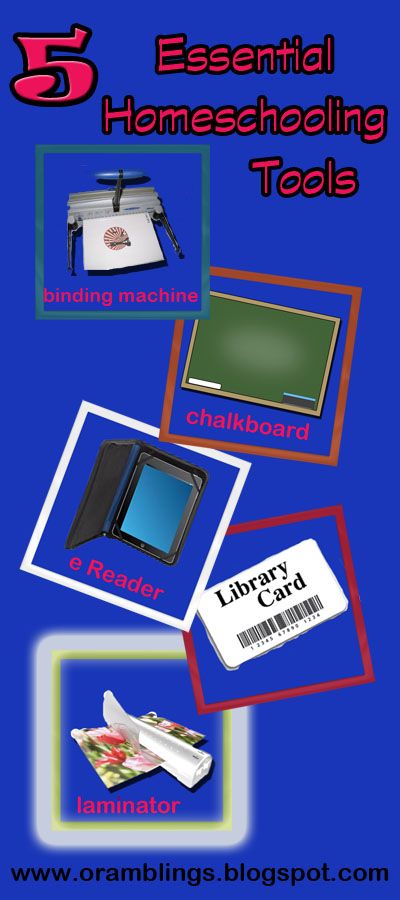

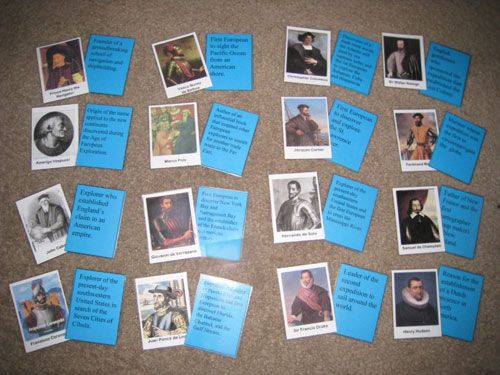
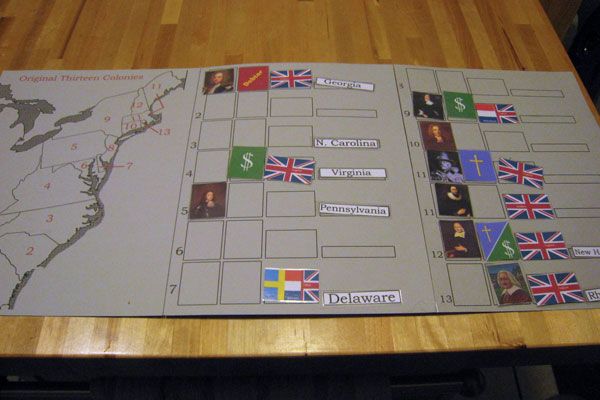
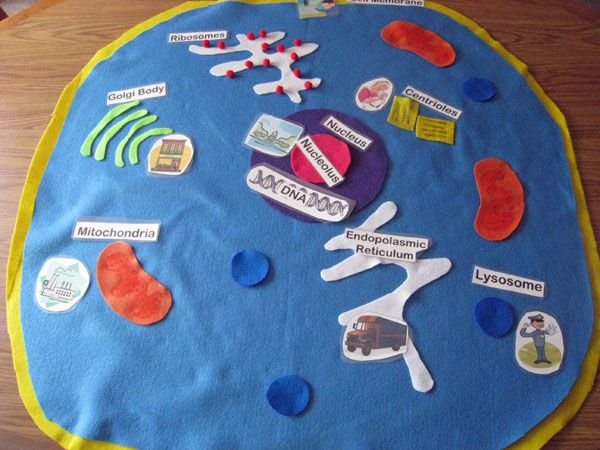
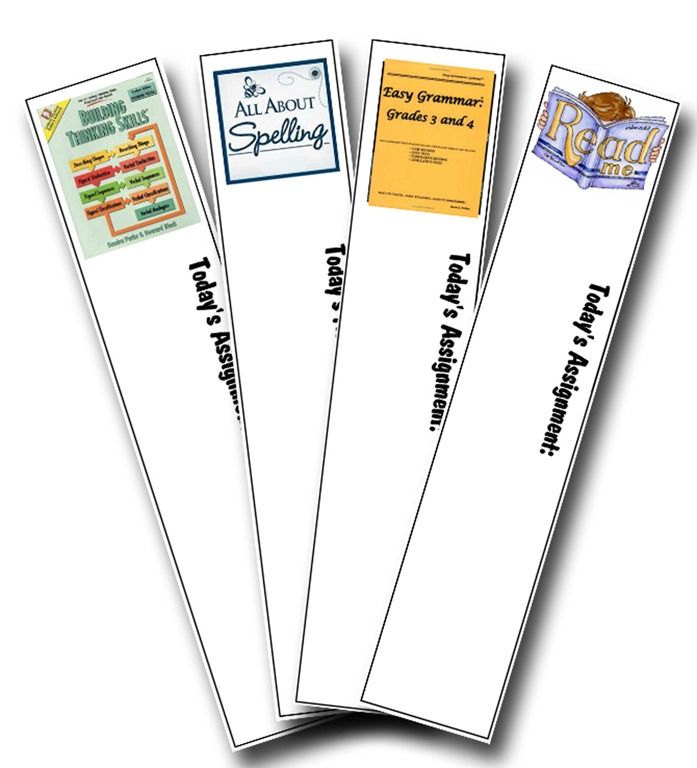 using images I found online and Photoshop Elements for every textbook we’d be using for the year. There’s a generic “Read Me” for library books I may assign throughout the year. Down the side of the bookmark I added the text “Today’s Assignment.” We marked our places in every book (you can’t believe how much the little time saved by not flipping around in a book can add up over a day). As a bonus, I could use a wet erase marker to write out instructions for my son. It freed me up from having to tell my son what to work on next if he wrapped up a lesson when I’m occupied with something else. In this case you’ll want to cut out the bookmarks first, then laminate and cut out the bookmarks again. When I tried laminating to whole page first and separating the bookmarks second, the lamination wasn’t sealed along the edges and started pulling apart over time.
using images I found online and Photoshop Elements for every textbook we’d be using for the year. There’s a generic “Read Me” for library books I may assign throughout the year. Down the side of the bookmark I added the text “Today’s Assignment.” We marked our places in every book (you can’t believe how much the little time saved by not flipping around in a book can add up over a day). As a bonus, I could use a wet erase marker to write out instructions for my son. It freed me up from having to tell my son what to work on next if he wrapped up a lesson when I’m occupied with something else. In this case you’ll want to cut out the bookmarks first, then laminate and cut out the bookmarks again. When I tried laminating to whole page first and separating the bookmarks second, the lamination wasn’t sealed along the edges and started pulling apart over time.

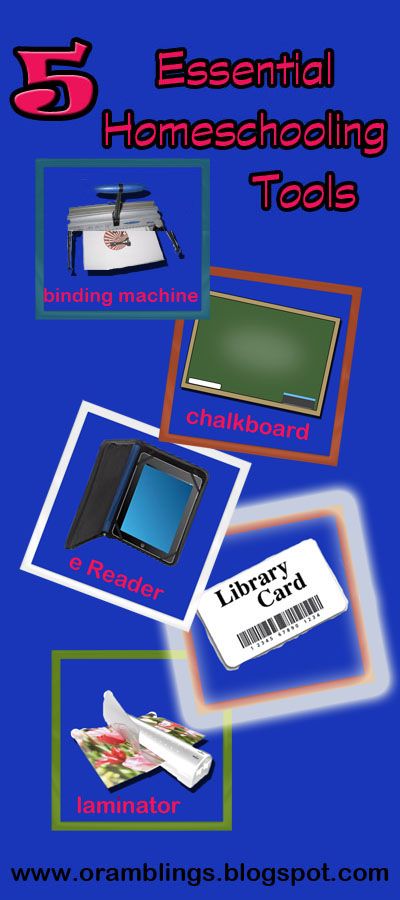 I realize for some homeschoolers it may seem like I’m preaching to the choir for this next essential tool, but I still want to cover it. Just last year I was talking to a veteran HS mom with over a decade under her belt and she’d never heard of interlibrary loans. So this may be review for some but eye-opening for others.Let’s go over some of the resources you have access to with your library card.
I realize for some homeschoolers it may seem like I’m preaching to the choir for this next essential tool, but I still want to cover it. Just last year I was talking to a veteran HS mom with over a decade under her belt and she’d never heard of interlibrary loans. So this may be review for some but eye-opening for others.Let’s go over some of the resources you have access to with your library card.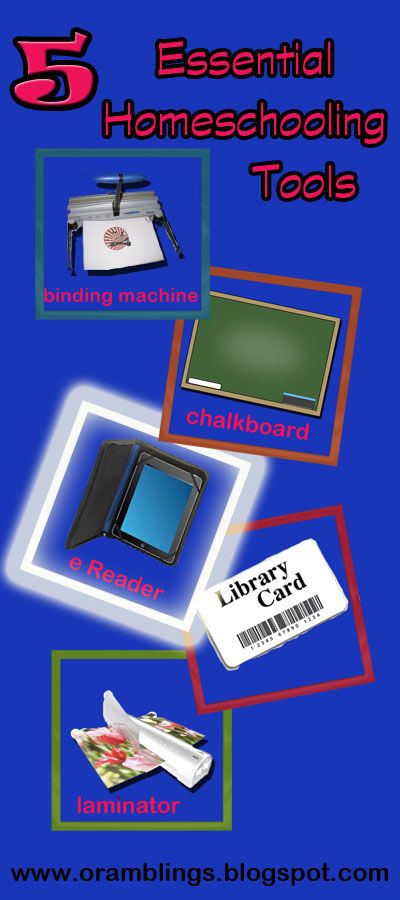 I am a self-confessed bibliophile. I’m hated by moving men, who have to tote boxes and boxes labeled “Books". I believe I may have found a way to insulate my home by lining the walls with shelves (what do you suppose the R factor is for paperbacks?). I love to curl up and spend hours turning pages, finally inserting a bookmark so I can find my spot the next time.
I am a self-confessed bibliophile. I’m hated by moving men, who have to tote boxes and boxes labeled “Books". I believe I may have found a way to insulate my home by lining the walls with shelves (what do you suppose the R factor is for paperbacks?). I love to curl up and spend hours turning pages, finally inserting a bookmark so I can find my spot the next time. Forty something years later, I still have memories of my grandparent’s house—the planes flying over from the nearby airport, bouncing balls with my cousins down the narrow stairway, and a small chalkboard in the sunroom where my cousins and I would draw pictures and play tic-tac-toe. Come to think of it, both my grandmothers kept chalkboards. My Gram in Massachusetts used to keep hers in the kitchen with a space reserved for phone numbers at the top and a place to write shopping lists below. I wasn’t allowed to play on that one, but Gram would occasionally wipe off the grocery list so she could keep track of scores when we played cribbage or dominoes.
Forty something years later, I still have memories of my grandparent’s house—the planes flying over from the nearby airport, bouncing balls with my cousins down the narrow stairway, and a small chalkboard in the sunroom where my cousins and I would draw pictures and play tic-tac-toe. Come to think of it, both my grandmothers kept chalkboards. My Gram in Massachusetts used to keep hers in the kitchen with a space reserved for phone numbers at the top and a place to write shopping lists below. I wasn’t allowed to play on that one, but Gram would occasionally wipe off the grocery list so she could keep track of scores when we played cribbage or dominoes.


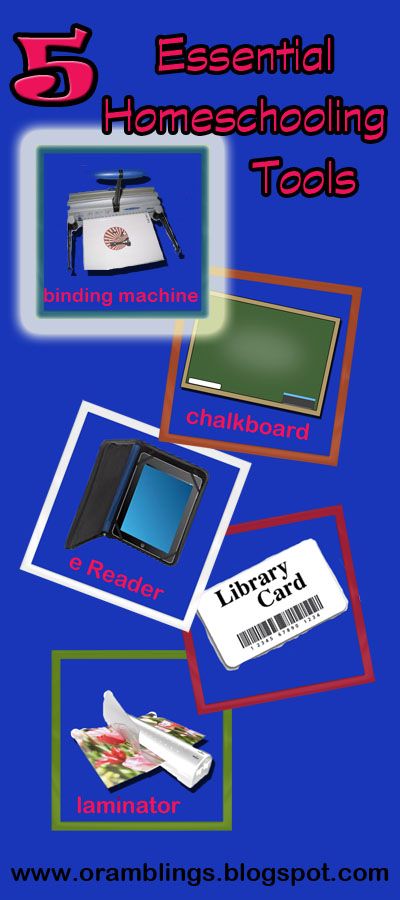 OS Review Crew with a blog hop--- 5 Days of Homeschooling Essentials.
OS Review Crew with a blog hop--- 5 Days of Homeschooling Essentials.
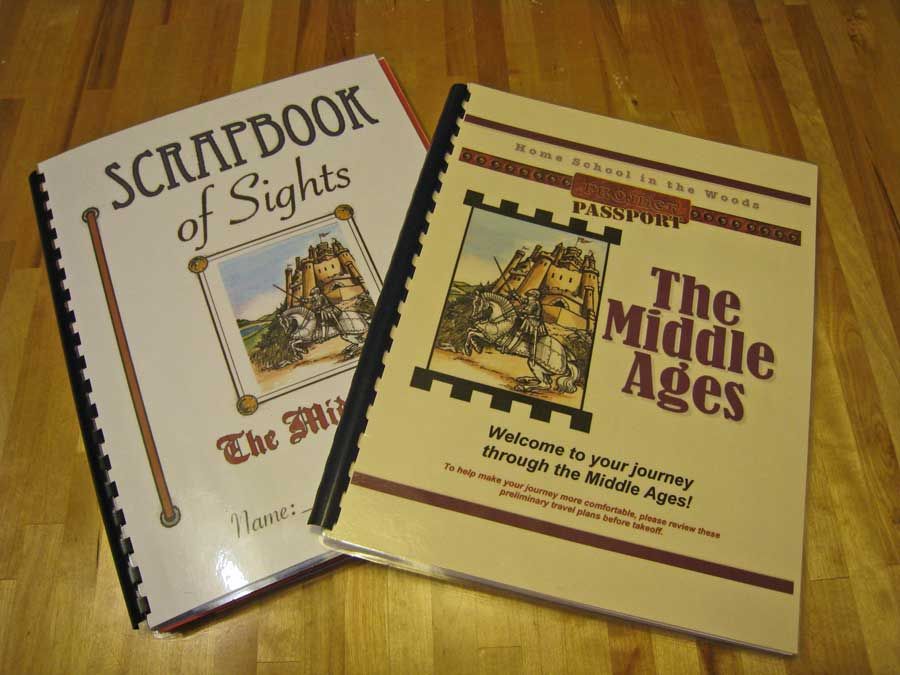



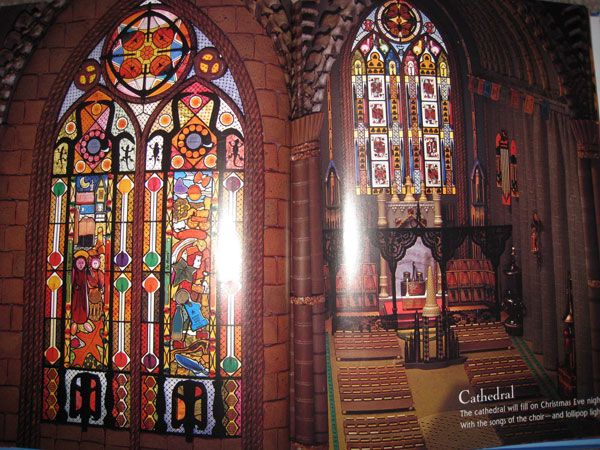
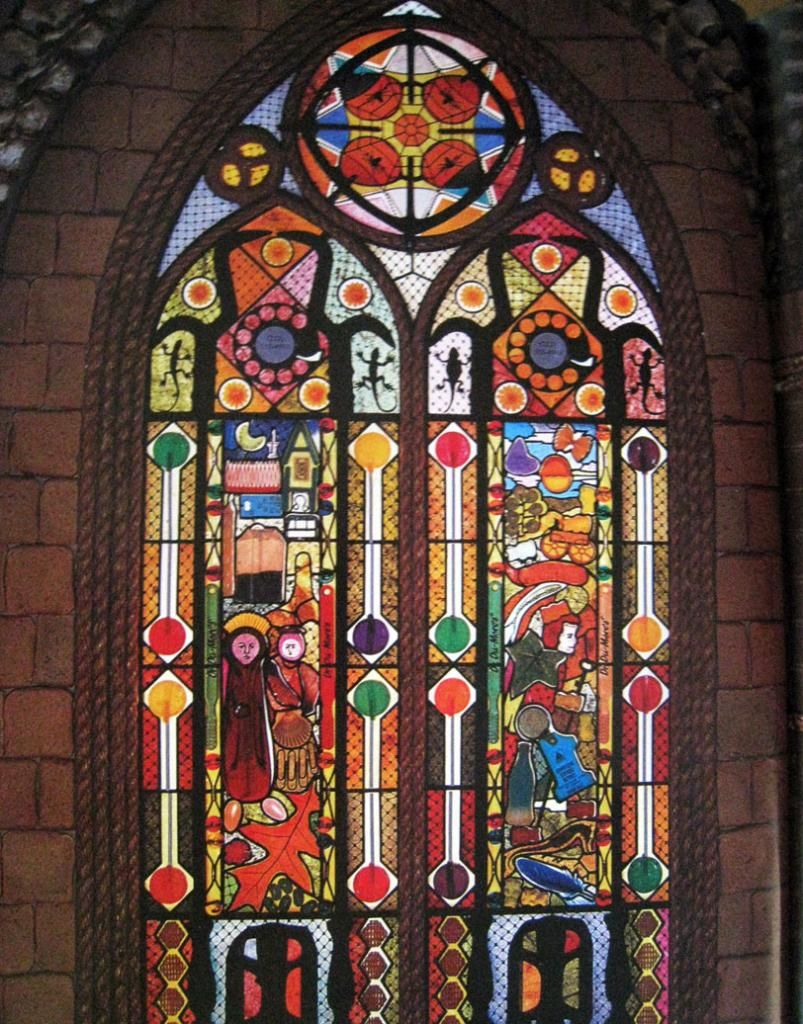
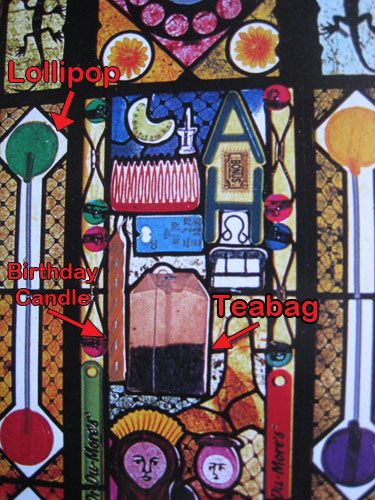
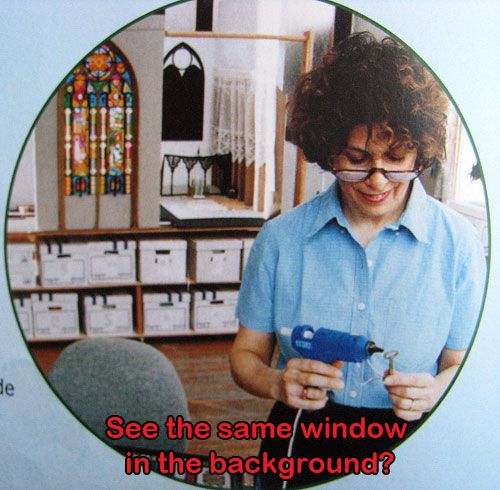
 As I explained in my
As I explained in my  Pocahontas and Captain John Smith: The Story of the Virginia Colony by Marie Lawson ; Illustrated by William Sharp. New York: Random House, 1950.
Pocahontas and Captain John Smith: The Story of the Virginia Colony by Marie Lawson ; Illustrated by William Sharp. New York: Random House, 1950.